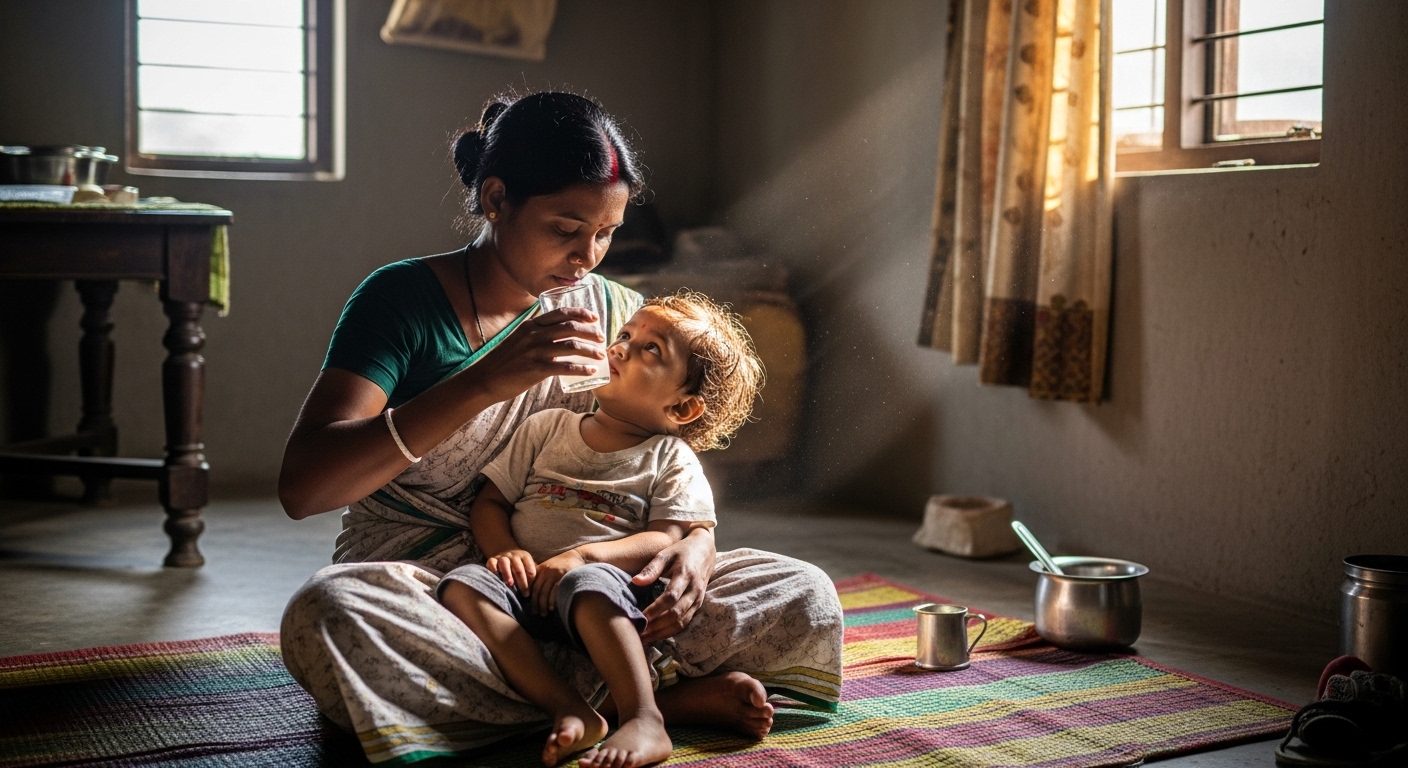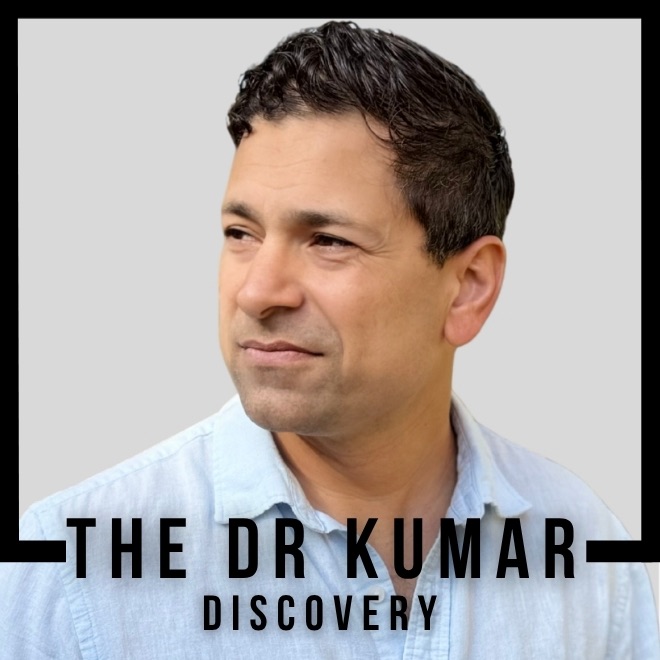Dr. Kumar’s Take:
Fifty years after the first trials, oral rehydration therapy remains one of Bangladesh’s most powerful public health tools. This national survey revealed that while most households recognize ORT, barriers such as access, cost perception, and knowledge gaps still limit universal use. It shows that scientific breakthroughs require sustained public health education to realize their full potential.
Key Takeaways:
✔ ORT use was widespread but not universal, even decades after introduction.
✔ Knowledge of correct preparation correlated with education and rural outreach.
✔ Socioeconomic barriers, not skepticism, were the main limiting factors.
✔ Bangladesh remains a model for national ORT programs worldwide.
Brief Summary:
- Question: How widely is oral rehydration therapy used in Bangladesh households?
- Population: Nationally representative survey of mothers and caregivers.
- Design: Cross-sectional analysis using interviews and recall of recent diarrheal episodes.
- Outcome: Prevalence of ORT use, accuracy of preparation, and reasons for non-use.
- Setting: Rural and urban households across Bangladesh.
- Follow-up: None (single-survey data collection).
Study Design:
✔ Type: National survey
✔ Measurements: ORT use rate, awareness, source of information, preparation accuracy
✔ Analysis: Multivariate analysis by education level, location, and income
✔ Setting and timeframe: 1990s Bangladesh, public health evaluation
Results:
- More than 80% of caregivers reported familiarity with ORT.
- Around 60% used ORT correctly for a child’s last diarrheal episode.
- Knowledge gaps persisted around proper salt-to-sugar ratios and volume.
- Mass media campaigns significantly improved awareness in rural areas.
- Low literacy and misperceptions about cost limited full adoption.
How It Works (Biological Rationale):
- ORT replaces fluid and electrolytes lost in diarrheal disease.
- Glucose sodium cotransport restores hydration even without IV fluids.
- Proper ratios of salt, glucose, and clean water are critical for absorption.
- Education ensures correct mixing and dosing for safe home use.
Related Studies and Research
Oral Fluid Therapy among Bangladesh Refugees (WHO Study) – Demonstrated successful field implementation in crisis settings.
Global Burden of Acute Diarrheal Disease – Highlights why community-level treatment remains essential.
Oral Rehydration for Adults: Practical Treatment Guide – Applies the same principles to clinical care.
Fifty Years of Oral Rehydration Therapy – Discusses enduring impact and lessons learned.
Podcast: The Simple Drink That Saved Millions: The Story of Oral Rehydration Solution
Frequently Asked Questions:
Why isn’t ORT used universally despite its simplicity?
Access to clean water, knowledge of proper mixing, and local beliefs still affect usage in some rural areas.
How does Bangladesh compare to other nations?
It remains one of the most successful national ORT programs, with strong government and NGO collaboration.
What’s being done to improve adoption?
Community health workers and public education campaigns continue to close the remaining gaps.
Conclusion:
ORT in Bangladesh represents one of the great triumphs of translational medicine—from lab to household. Sustained education and access efforts keep this low-cost therapy saving lives every day.


